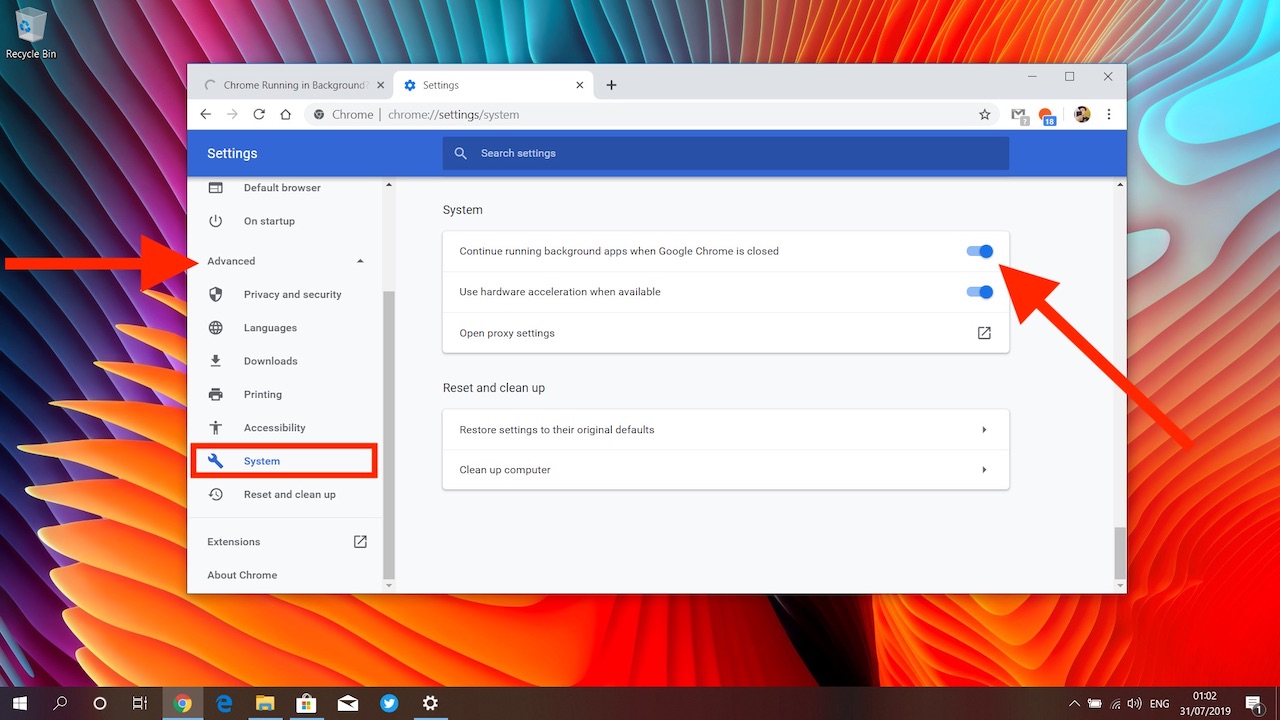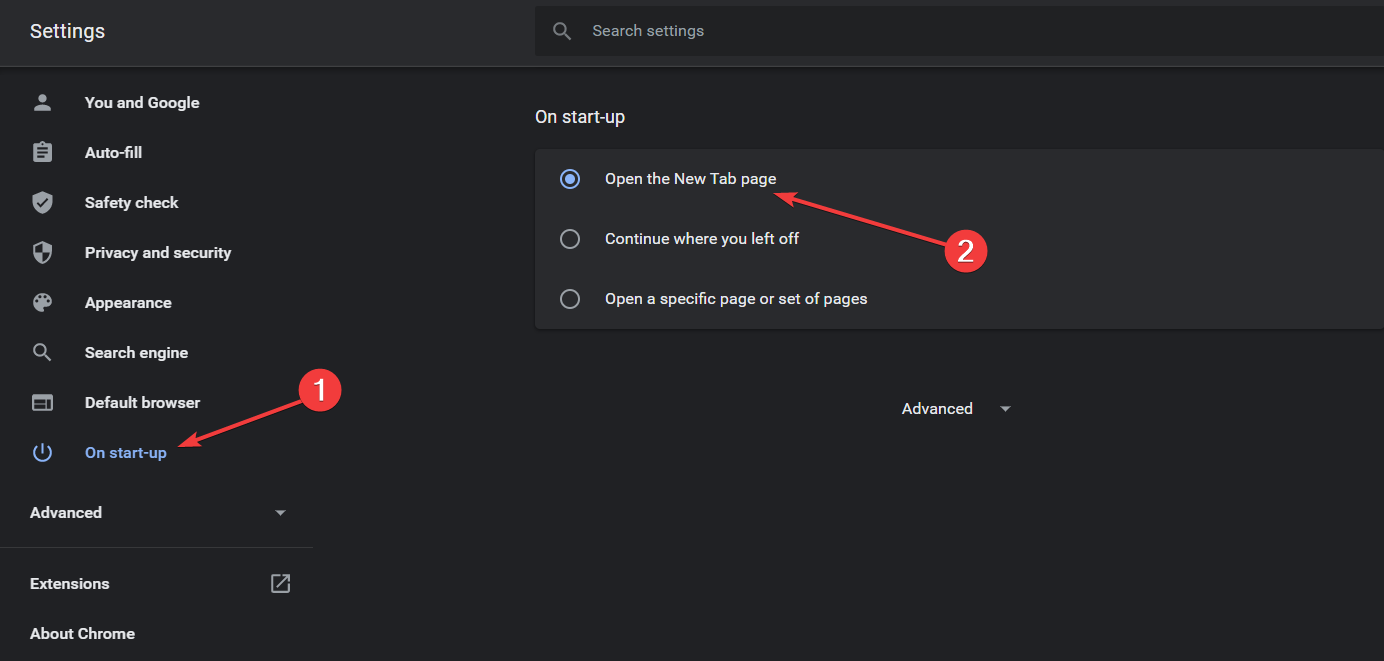


The New Tab Reload extension is designed specifically for users who are not happy with the new design and would like to restore the old one back from Chrome 33 version. If the previous method didn’t work, you can also add a Chrome 33+ extension to your browser. N.B.If you accidentally close a tab on Google Chrome, press Control+Shift+T and it will get it back. In the Chrome address bar or search for New Tab Page Material Design UI in theĭisable the feature and relaunch your Chrome browser.Īfter this, the previous New Tab shall be restored. To restore your Google Chrome, you will need to disable the experimental option – a flag called New Tab Page Material Design UI. How to Restore the New Tab Page to its Previous Behaviour You can customize your New Tab page in Chrome more by going to Settings > Appearance. To remove a website from your new tab page menu, point the cursor on it, click on three dots and select Remove. How to Delete a Shortcut from New Tab Page in Chrome

Please note this policy has 2 properties, MaxTabs and TabCloseStrategy. Now add and set the policy LimitBrowserTabs to your policy configuration in Google Admin Console. How to set up?įirst of all, you shall have deployed Safe Doc and have understand how Safe Doc Configuration works. We do not recommend you allow incognito mode for students because many extensions are not loaded in incognito mode. The limit applies to tabs in all windows except incognito windows. The system performance is better preserved since the RAMs used by old tabs are recycled. So students always can only open and use at max 6 tabs at any time. In the following demonstration, Safe Doc automatically closes the oldest created tab whenever a 7th tab is created. If your school has yet to install Safe Doc, please get a 30 days trial first. It prevents your students from slowing down and destabilizing their school managed devices. This article explains how Safe Doc help you manage limiting the amount of Chrome tabs your students are allowed to open. Opening too many tabs also heavily degrades the performance of important tasks such as remote learning on Google Meet. Your students may accidentally crash other educational programs on the schools' managed Chromebooks by just opening 30+ Chrome tabs. The Chrome browser is notorious for its intensive memory usage over the years. This article is written for Google Workspace for Education Administrators.


 0 kommentar(er)
0 kommentar(er)
